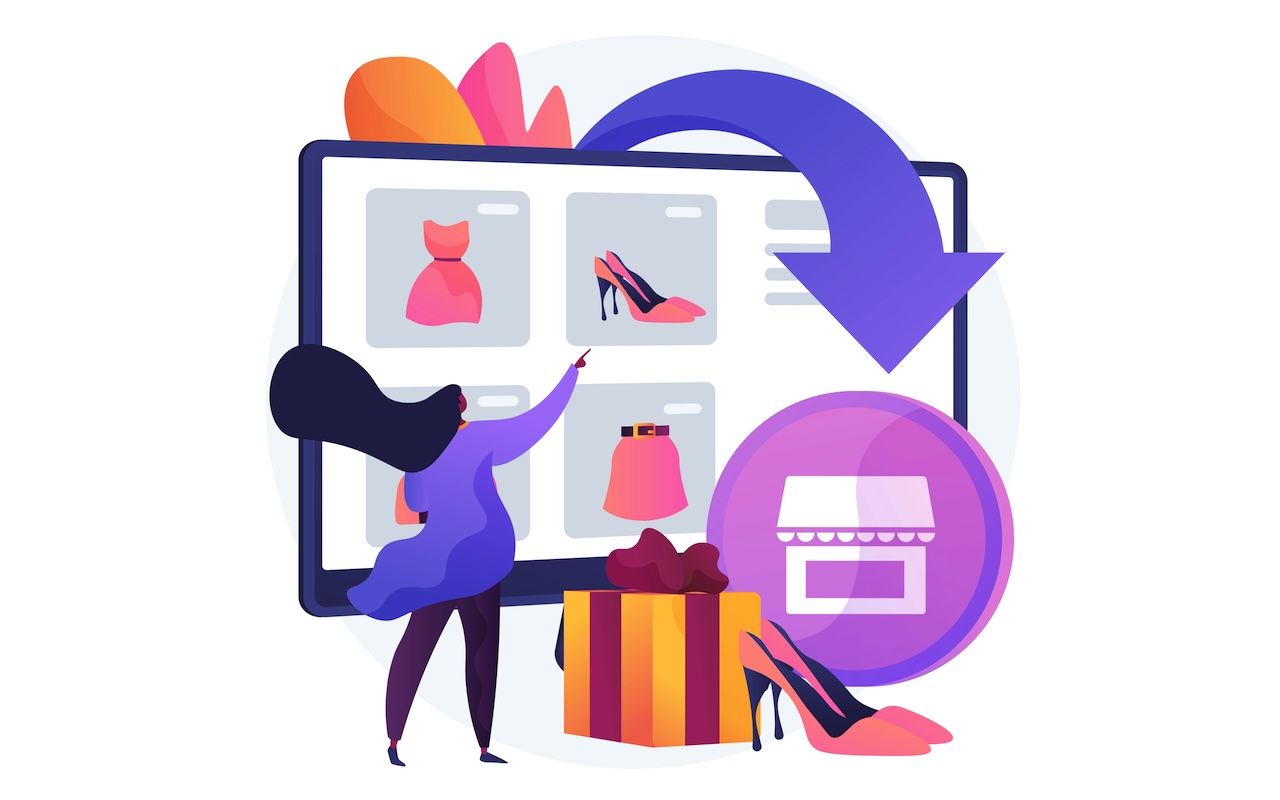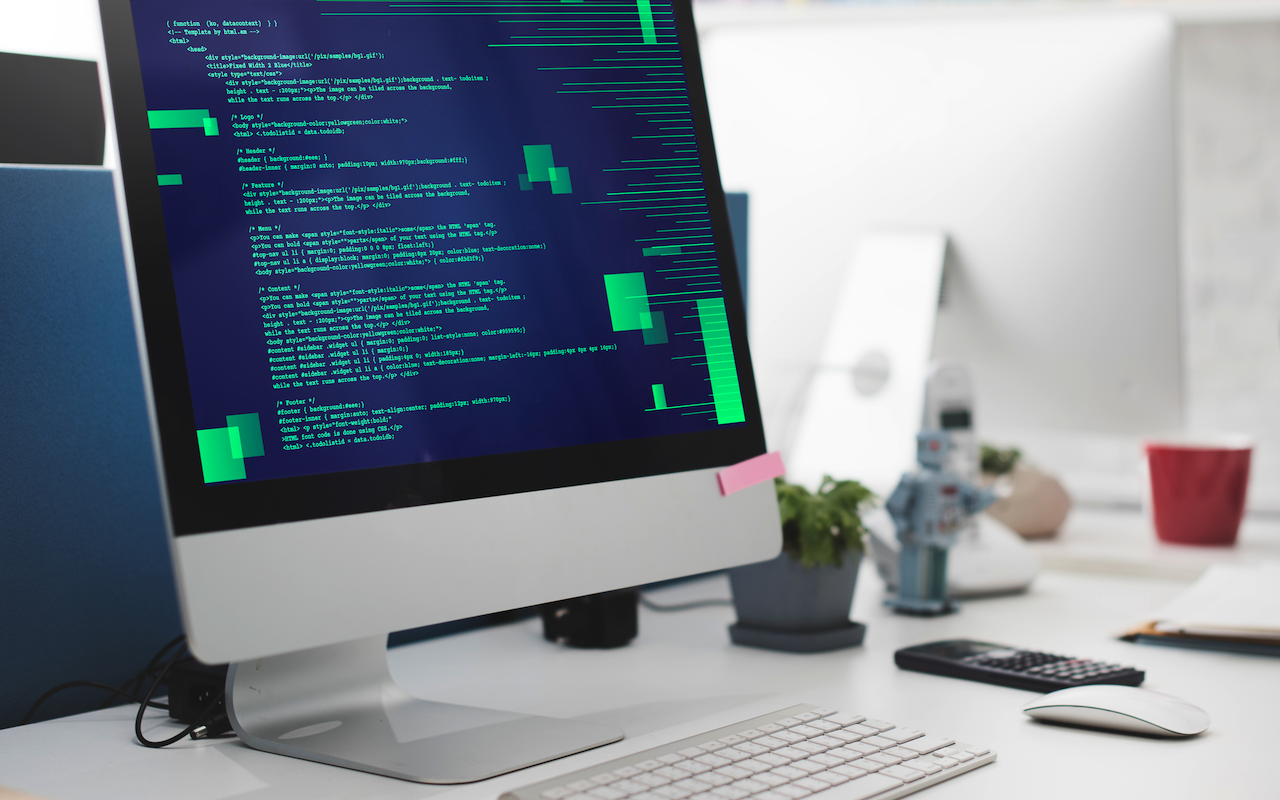
Choosing the right Shopify theme would either make it or break an online store with its success. The theme you choose not only determines the looks of your site; it affects loading time, user experience, and ultimately, the sales made. This guide will walk you through the process of selecting the best Shopify theme to maximize conversions in 2025, highlight the top options to consider, and provide expert advice on common mistakes to avoid.
Why Does the Shopify Theme Affect Conversions?
Your Shopify theme is far more than design; it sets up your whole store's user experience, speed, and brand identity. If your theme loads quickly, offers smooth navigation, and is fully compatible with mobile devices, customers will be guided seamlessly from product discovery to checkout, significantly improving conversion rates. On the other hand, a poorly optimized theme can lead to higher bounce rates and abandoned carts.
To put it simply, a Shopify theme must always be chosen with actual selling in mind.
Key Factors to Consider Prior to Choosing a Shopify Theme
While looking at themes, keep in mind:
- Mobile Responsiveness: More than seventy percent of eCommerce traffic now comes from mobile devices. A responsive theme ensures easy navigation and a seamless experience across all screen sizes.
- Page Speed: Fast page load times create a smoother user experience and contribute to stronger SEO rankings, both of which directly affect conversions.
- Customization Options: Look for themes with drag-and-drop builders, flexible layouts, and add-your-own-section features to easily tailor your store to your brand.
- SEO-Friendly Structure: A theme with clean coding, schema support, and well-optimized product pages will improve your visibility in search engines and help you rank higher on Google.
- Conversion Features: Sticky add-to-cart buttons, trust badges, product reviews, and upsell options all help increase order value and reduce cart abandonment.
Best Themes for Shopify to Consider in 2025
Different industries benefit from different Shopify themes, and the right choice depends on store size, product type, and customer experience goals. For example, Shopify themes for jewelry are often designed to emphasize elegance, trust, and high-quality visuals, while themes for fashion or electronics may prioritize storytelling or inventory management. Below are some of the themes that stand out in 2025:
- Belliza: A clean, minimal theme with advanced product zoom and refined typography. Often chosen by jewelry, fashion, and lifestyle stores where high-quality visuals play a central role in conversions.
- YStore: Offers customizable sections, built-in marketing features, and smooth mobile navigation. Provides flexibility for modern businesses, including jewelry retailers, that want both style and functionality.
- Impulse: Popular with fashion and apparel brands for storytelling-focused layouts that highlight collections in an engaging way.
- Warehouse: Suited for stores with large inventories, such as electronics, appliances, or multi-category shops that need strong filtering and organization.
- Prestige: Frequently selected by beauty, luxury, and editorial-style stores that rely on strong branding and high-end visual presentation.
- Dawn (Free): Shopify’s default theme, known for its simplicity, mobile responsiveness, and fast performance, making it a solid option for startups across industries.
Choosing A Shopify Theme: Step-by-Step
Here is a process and framework that you can follow:
- Define Your Goals: Do you want to tell a story? Is managing large catalogs more important? Or is it fast checkouts?
- Test Demos on the Mobile: How does it look on different devices? Always check.
- Check Built-in Features: Will you need more apps to enable reviews, upsells, or bundles, or is this theme equipped for them already?
- Check Speed: Run the demo through Google PageSpeed Insights, etc.
- Consider Branding: Does the theme fit your store's personality (minimalistic, bold, luxury, etc.)
- Read Reviews: Reviews on Theme Store can give you some insight into hidden pros and cons.
Industry-Specific Considerations
Design elements depend on the industry. For instance:
- Fashion and Apparel: Visual-first themes with lookbooks, color swatches, and size charts.
- Electronics and Gadgets: Large catalogs with strong filtering, technical specifications, and product comparison features.
- Beauty and Wellness: Storytelling layouts with influencer sections, integration of video content, and reviews.
- Home and Lifestyle: Clean layouts with lifestyle shots and a combination of product options.
- Jewelry Stores: Shopify themes for jewelry should feature elegant, zoomable images that highlight fine product details with minimal, distraction-free designs.
Free or Premium? Which One Should I Go For?
- Free Themes: Perfect for small startups with a limited budget. These themes are lightweight and simple, though they may require additional apps to provide full functionality.
- Premium Themes: Typically cost between $180 and $350 and include advanced features such as built-in upsells, mega menus, and high-end customization. For businesses aiming to scale, a premium theme often pays for itself quickly.
Depending on your store size, niche, and budget, the decision is yours—but always keep future growth in mind.
Mistakes Commonly Made When Choosing a Theme
Many store owners make errors that hurt conversions. Avoid these pitfalls:
- Choosing a theme with a focus on design and no considerations on functionality
- Overloading the theme with too many third-party apps that would slow down the store
- Ignoring mobile experience and testing only on desktop
- Not considering SEO structure and schema support
- Skipping customer reviews of the theme before purchase
Conclusion
Knowing how to choose a Shopify theme is one of the most important decisions you will make for your online business. The right theme should balance design with conversion-oriented performance features. Whether you are selling electronics, beauty products, or using Shopify themes for jewelry, it must align with your brand objectives and customer expectations.
Doing the research upfront will help you avoid costly redesigns and provide a selling advantage from the start, leading to long-term success.
Featured Image by Freepik.
Share this post
Leave a comment
All comments are moderated. Spammy and bot submitted comments are deleted. Please submit the comments that are helpful to others, and we'll approve your comments. A comment that includes outbound link will only be approved if the content is relevant to the topic, and has some value to our readers.




Comments (0)
No comment